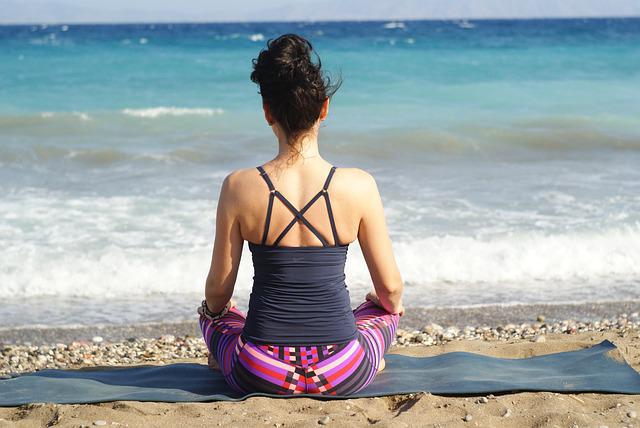
Nothing speaks to a successful workout like sore muscles. We know we did a good job when we can “feel the burn.” While our muscles might not actually be on fire, it can certainly feel that way. Soreness is a common occurrence, and it can actually mean you’re making progress.
However, if we don’t know when to rest, we may end up cutting our exercise results in half and even hurt ourselves. It’s important to know when you need a break. Luckily, the experts at Healthline have some excellent tricks on how to recover from those hard workouts.
Know When to Rest
Do you know why muscles get sore in the first place? It’s because they actually rip when we workout. A ripped muscle is much better than a torn muscle, there’s an important difference. When we exercise, especially with weight training, our muscle fibers rip and then cellularly fuse themselves back together to accommodate a larger muscle proteins called myofibrils. Contracting these new muscle fibers gives us better control and generally achieve greater strengthen.
So now knowing that our muscle fibers rip and refuse together again and again, it becomes no wonder they get sore. Signs that it’s time to know when to rest is when the soreness in your muscles hinders mobility or starts to cause any pain at all.
How to Recover
The amount of time it takes our muscles to recover depends on the intensity of our workout. The harder the workout, the longer the recovery time may be. Recovery is incredibly important because it can help us avoid injury, but it also helps us progress. When your muscles are too sore to properly contract, your workout form can suffer, and you could cut the strength gaining process in half.
We can breakdown our work out recovery into three factors: diet, supplements, and lifestyle.
Diet
Knowing how to diet properly can help you know when to rest. Protein and carbs offer different benefits to the body. Protein has the essential amino acids that can help strengthen and repair muscle fibers. Carbs help the muscles store glycogen as energy, which can be helpful during intense gym sessions.
The important thing is to always have a healthy balance between your protein and your carbs. Too little or too much of either can lead to your muscles not getting adequate rest. Also, remember to stay hydrated.
Supplements
Supplements can be incredibly beneficial but also tricky if mishandled. Talk to your doctor before diving into a jar of pure protein powder. If you’re able to take supplements, don’t overdo it. We can overload and the effect won’t be as impactful. Supplements give us the same type of benefit as food, but we can use them to control our nutrients a little easier.
Lifestyle
A healthy lifestyle can aid in your recovery. Passive and active rest are two perfect examples. Basic physics states that an object in motion will stay in motion. In this instance, we’re the object. Very light exercise like walking or swimming are low intensity but keep the muscles active so they will be ready for more explosive movements.
If muscle soreness gets too uncomfortable, use passive rest, where the body moves as little as possible. Transition from passive rest to active rest and then back to regular exercise, as your muscles fully recover.
Know When to Push
Know when to rest so you can know when to push. Exercise is a fun, enjoyable activity that can significantly improve your health. But if you don’t find that balance between pushing and resting you tend to swing too far to one side. When that happens, we either rest for too long and have trouble getting motivated, or we push too hard and risk getting harm.
Find a workout balance and recover quick so you can start working out again.
For more senior health tips and tricks, make sure to follow the Council for Retirement Security.
